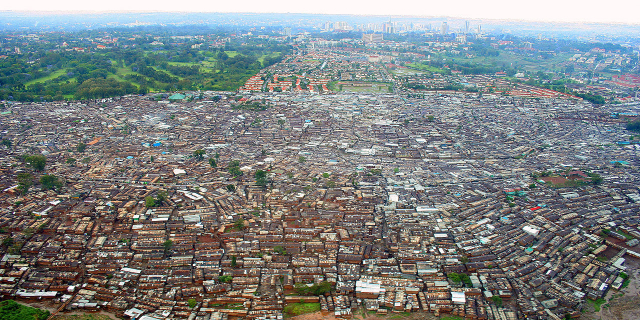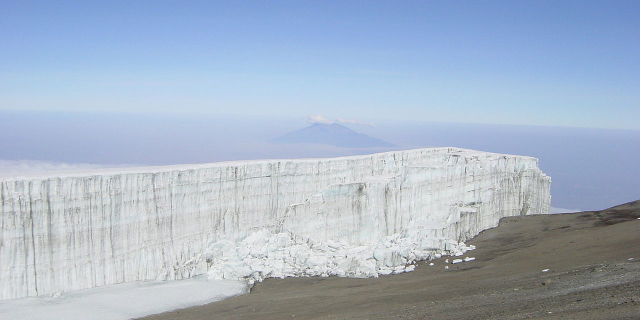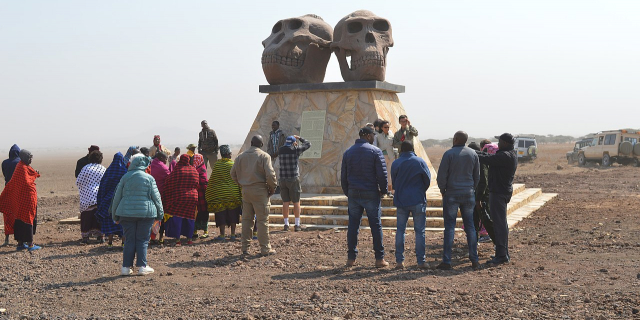Nairobi National Park
Nairobi National Park is a national park in Kenya that was established in 1946 about 7 km (4.3 mi) south of Nairobi. It is fenced on three sides, whereas the open southern boundary allows migrating wildlife to move between the park and the adjacent Kitengela plains. Herbivores gather in the park during the dry season. Nairobi National Park is negatively affected by increasing human and livestock populations, changing land use and poaching of wildlife. Despite its proximity to the city and its relative small size, it boasts a large and varied wildlife population, and is one of Kenya's most successful rhinoceros sanctuaries.
 The Park entrance in 1960
The Park entrance in 1960British colonists arrived in the area where the park is in the late 19th century. At this time, the Athi plains east and south of what is today Nairobi had plentiful wildlife. Nomadic Maasai lived and herded their cattle among the wildlife. Kikuyu people farmed the forested highlands above Nairobi. As Nairobi grew—it had 14,000 residents by 1910—conflicts between humans and animals increased. Residents of the city carried guns at night to protect against lions. Animals were gradually confined to the expansive plains to the west and south of Nairobi, and the colonial government set this area aside as a game reserve. Settlers from Nairobi including Isak Dinesen, author of Out of Africa, rode horses among gazelles, impala, and zebras in this reserve.[1]
The conservationist Mervyn Cowie was born in Nairobi. Returning to Kenya after a nine-year absence in 1932,[2] he was alarmed to see that the amount of game animals on the Athi plains had dwindled. Expanding farms and livestock had taken the place of the game. He later recalled this place as a paradise that was quickly disappearing. At this time, the area that would later become Nairobi National Park was part of the Southern Game Reserve. Hunting was not permitted in the reserve, but nearly every other activity, including cattle grazing, dumping, and even bombing by the Royal Air Force was allowed. Cowie started to campaign for the establishment of a national park system in Kenya.[1] The government formed a committee to examine the matter.[2]
Officially opened in 1946,[1] Nairobi National Park was the first national park established in Kenya.[3] Maasai pastoralists were removed from their lands when the park was created.[4] Cowie was named as director of Nairobi National Park and held this position until 1966.[1] In 1989, Kenyan President Daniel arap Moi burned twelve tons of ivory on a site within the park. This event improved Kenya's conservation and wildlife protection image.[5]
On 5 March 2024, a Cessna 172 belonging to a flying school crashed into the park after figuring in a mid-air collision with a Dash 8 passenger aircraft operated by Safarilink Aviation, killing all two people aboard the Cessna.[6]




























Add new comment